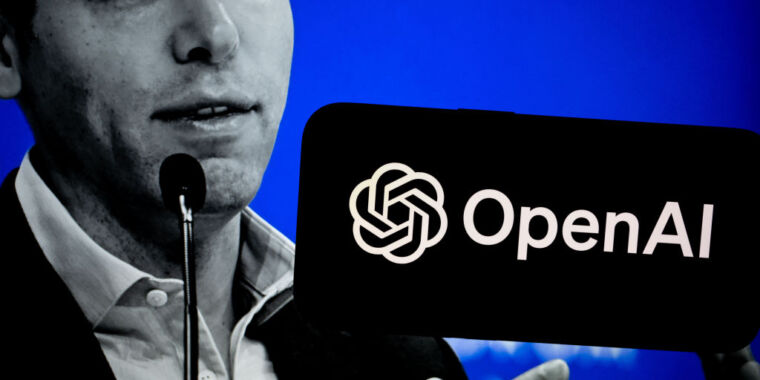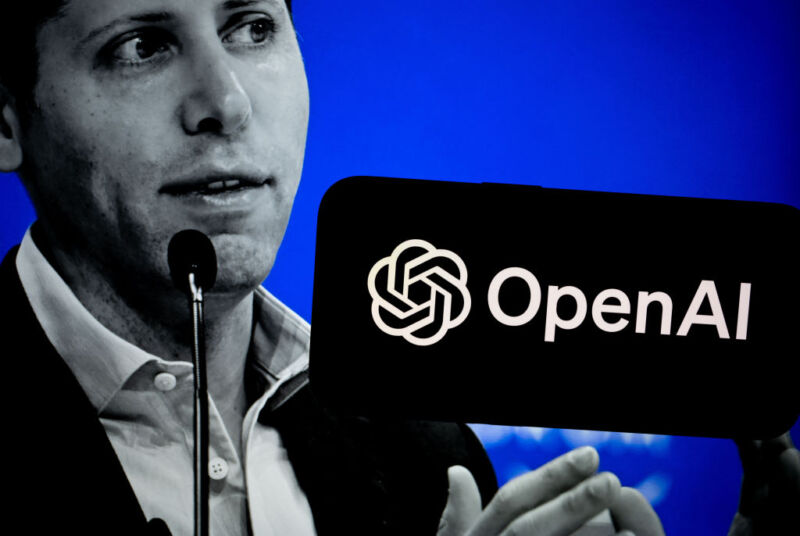In fear of more user protests, Reddit announces controversial policy change
Protest blowback —
Moderators now need Reddit’s permission to turn subreddits private, NSFW.

Following site-wide user protests last year that featured moderators turning thousands of subreddits private or not-safe-for-work (NSFW), Reddit announced that mods now need its permission to make those changes.
Reddit’s VP of community, going by Go_JasonWaterfalls, made the announcement about what Reddit calls Community Types today. Reddit’s permission is also required to make subreddits restricted or to go from NSFW to safe-for-work (SFW). Reddit’s employee claimed that requests will be responded to “in under 24 hours.”
Reddit’s employee said that “temporarily going restricted is exempt” from this requirement, adding that “mods can continue to instantly restrict posts and/or comments for up to 7 days using Temporary Events.” Additionally, if a subreddit has fewer than 5,000 members or is less than 30 days old, the request “will be automatically approved,” per Go_JasonWaterfalls.
Reddit’s post includes a list of “valid” reasons that mods tend to change their subreddit’s Community Type and provides alternative solutions.
Last year’s protests “accelerated” this policy change
Last year, Reddit announced that it would be charging a massive amount for access to its previously free API. This caused many popular third-party Reddit apps to close down. Reddit users then protested by turning subreddits private (or read-only) or by only showing NSFW content or jokes and memes. Reddit then responded by removing some moderators; eventually, the protests subsided.
Reddit, which previously admitted that another similar protest could hurt it financially, has maintained that moderators’ actions during the protests broke its rules. Now, it has solidified a way to prevent something like last year’s site-wide protests from happening again.
Speaking to The Verge, Laura Nestler, who The Verge reported is Go_JasonWaterfalls, claimed that Reddit has been talking about making this change since at least 2021. The protests, she said, were a wake-up call that moderators’ ability to turn subreddits private “could be used to harm Reddit at scale. The protests “accelerated” the policy change, per Nestler.
The announcement on r/modnews reads:
… the ability to instantly change Community Type settings has been used to break the platform and violate our rules. We have a responsibility to protect Reddit and ensure its long-term health, and we cannot allow actions that deliberately cause harm.
After shutting down a tactic for responding to unfavorable Reddit policy changes, Go_JasonWaterfalls claimed that Reddit still wants to hear from users.
“Community Type settings have historically been used to protest Reddit’s decisions,” they wrote.
“While we are making this change to ensure users’ expectations regarding a community’s access do not suddenly change, protest is allowed on Reddit. We want to hear from you when you think Reddit is making decisions that are not in your communities’ best interests. But if a protest crosses the line into harming redditors and Reddit, we’ll step in.”
Last year’s user protests illustrated how dependent Reddit is on unpaid moderators and user-generated content. At times, things turned ugly, pitting Reddit executives against long-time users (Reddit CEO Steve Huffman infamously called Reddit mods “landed gentry,” something that some were quick to remind Go_JasonWaterfalls of) and reportedly worrying Reddit employees.
Although the protests failed to reverse Reddit’s prohibitive API fees or to save most third-party apps, it succeeded in getting users’ concerns heard and even crashed Reddit for three hours. Further, NFSW protests temporarily prevented Reddit from selling ads on some subreddits. Since going public this year and amid a push to reach profitability, Reddit has been more focused on ads than ever. (Most of Reddit’s money comes from ads.)
Reddit’s Nestler told The Verge that the new policy was reviewed by Reddit’s Mod Council. Reddit is confident that it won’t lose mods because of the change, she said.
“Demotes us all to janitors”
The news marks another broad policy change that is likely to upset users and make Reddit seem unwilling to give into user feedback, despite Go_JasonWaterfalls saying that “protest is allowed on Reddit.” For example, in response, Reddit user CouncilOfStrongs said:
Don’t lie to us, please.
Something that you can ignore because it has no impact cannot be a protest, and no matter what you say that is obviously the one and only point of you doing this – to block moderators from being able to hold Reddit accountable in even the smallest way for malicious, irresponsible, bad faith changes that they make.
Reddit user belisaurius, who is listed as a mod for several active subreddits, including a 336,000-member one for the Philadelphia Eagles NFL team, said that the policy change “removes moderators from any position of central responsibility and demotes us all to janitors.”
As Reddit continues seeking profits and seemingly more control over a platform built around free user-generated content and moderation, users will have to either accept that Reddit is changing or leave the platform.
Advance Publications, which owns Ars Technica parent Condé Nast, is the largest shareholder in Reddit.
In fear of more user protests, Reddit announces controversial policy change Read More »






















